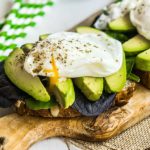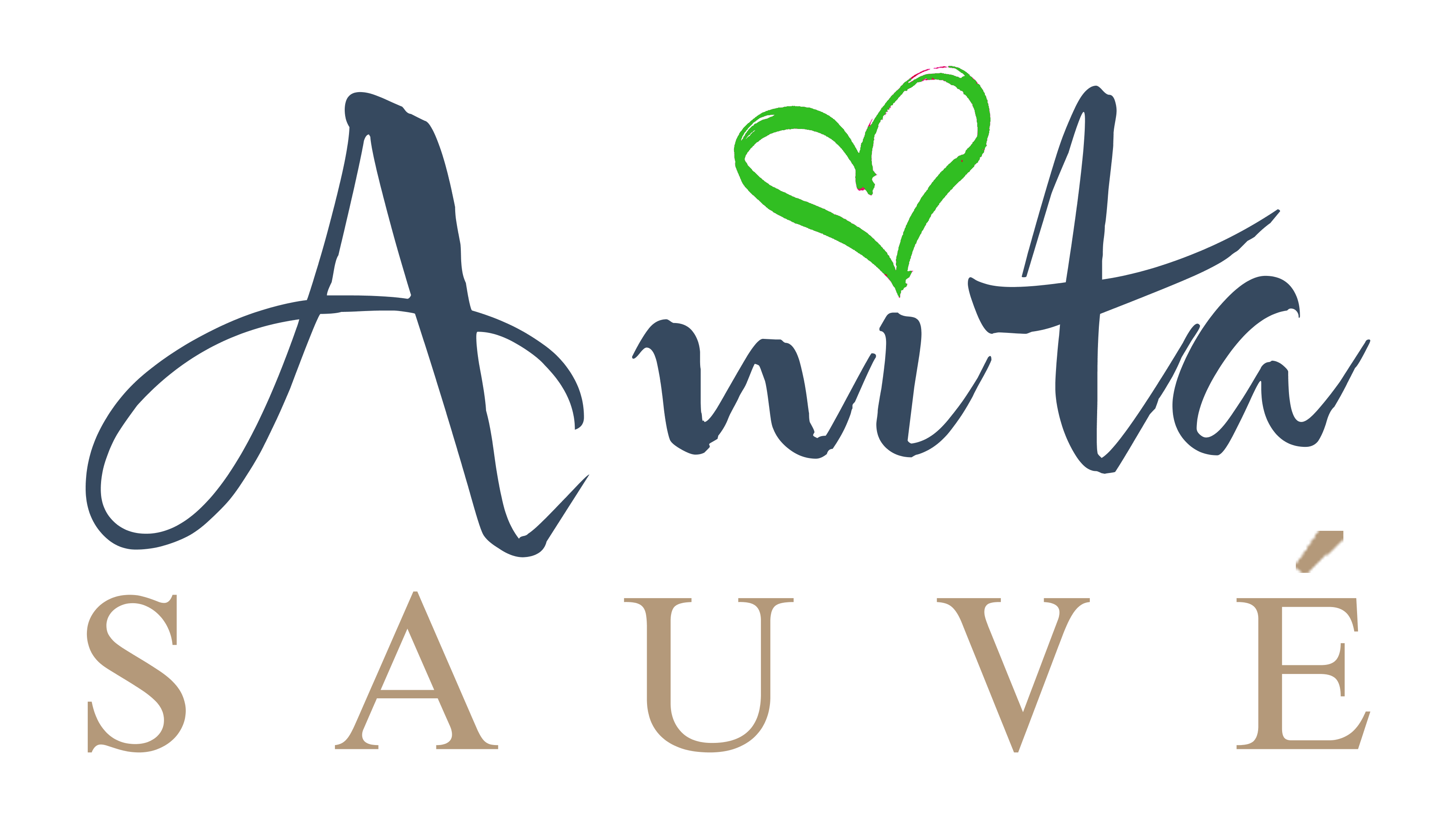What is this Paleo Diet everyone’s talking about?
As a nutritionist, I get asked this question a lot lately. Websites, blogs, face book pages and twitter accounts all dedicated to this lifestyle are popping up everywhere. It seems that everyone wants to jump on the latest diet craze, maybe lose some weight, maybe get healthier and just maybe justify their bad habits. So let’s try to make some sense of out it.
What is Paleo?
It is a diet/ lifestyle that follows, as closely as possible, the diet of our ancestors before the agricultural revolution. This means before farming and the common noshing on grains and legumes. These were not things that were available before the advent of farming. Nor were processed foods available. Big food companies had yet to evolve.
So what does it include?
Fresh fruits and veggies (including sea vegetables), wild fish, grass-fed meats and eggs, nuts and seeds. In a nutshell (no pun intended) it is anything our ancestors could hunt or gather.
Why should one do this?
The number one reason has to do with insulin control. A 2008 study out of Johns Hopkins University suggests that by 2030 almost 86% of adults in the United States (Canada would be similar) will be overweight or obese. This is an epidemic. Our current food recommendations include 6-8 servings of grain products as the basis of our diet. We are also told to reduce fats. But when foods are low-fat or reduced-fat what do you think they use in place of the fat? Yes – sugar! Sugar and refined or simple carbohydrates such as bread, pasta, rice and potatoes increase insulin production which eventually leads to insulin resistance and obesity and maybe even diabetes. So a diet that limits the insulin response (one based on whole fruits and vegetables, wild fish, grass-fed meats and nuts and seeds) can help to control weight and all of the associated problems with too much weight such as diabetes, chronic fatigue, inflammatory diseases and heart disease.
Isn’t too much meat bad for us? What about the fat?
Here is where the potential problems can lie… This diet is not about a license to eat as much crummy processed meat and bacon as you can possibly stand (as some people do with an Atkins diet). It is about consuming moderate amounts of healthy meats. Meats that are grass-fed have fatty acid profiles that are much healthier than their commercially produced counterparts. The ratio of good fats is much higher. These meats naturally contain omega-3 fatty acids which we are largely deficient in and play an important role in reducing inflammation. Our bodies need good fats for proper brain development and function, hunger control and energy production. In fact, it is the current reliance on inferior forms of fat such as polyunsaturated vegetable oils made from things like canola & sunflower which can easily become damaged fats (especially when heated or partially hydrogenated) and contribute to inflammation and heart disease. On the other hand, good fats from these natural sources promote efficient fat metabolism and result in lowered body weight, better insulin sensitivity and increased energy. Heart disease is largely a result of metabolic syndrome which results from a diet high in refined carbohydrates, polyunsaturated fats and low in omega-3 fats. So let me be clear here – bacon (yes, I feel I need to mention this separately), processed meats like hot dogs and luncheon meats and commercially raised meats and eggs are still bad for you. No matter how you cut it.
What about fibre?
Many people are worried that they won’t get enough fibre if they cut out whole grains. The answer is that fibre comes from the copious amounts of fruits, nuts, seeds and mostly vegetables that you should be eating on this diet/ lifestyle plan. Not only do these foods provide all the fibre we need but they are much more nutrient dense than grains. This means that the same amount of vegetable vs. grains contains far higher amounts of all the vitamins, minerals and phytonutrients that our bodies thrive on. Not only that, but grains (especially whole grains), contain compounds that can inhibit the absorption of nutrients in our gi tract. Bottom line is that grains in all forms can increase blood sugar, insulin, insulin resistance and fat storage. Could this be why you are failing in your efforts to lose weight?
Could this diet be bad for me?
Yes. If you do it wrong. You cannot eat a high fat & meat diet combined with high sugar and refined carbohydrates. This is recipe for disaster.
In addition, some people take the Paleo recommendations to mean they can eat all the meat and fats they want. This is not the case. Again, the quality of the meat is incredibly important. Portions are meant to be moderate. Similarly, fats need to be the right kind of fats. This means using olive oil & flax oil for cold uses and coconut oil, avocado oil or high quality butter or ghee for high heat cooking. Additional fats should come from your healthy meats and nuts and seeds. The bulk of the diet should be made up of vegetables – as many as you can manage, in as many colours as possible.












